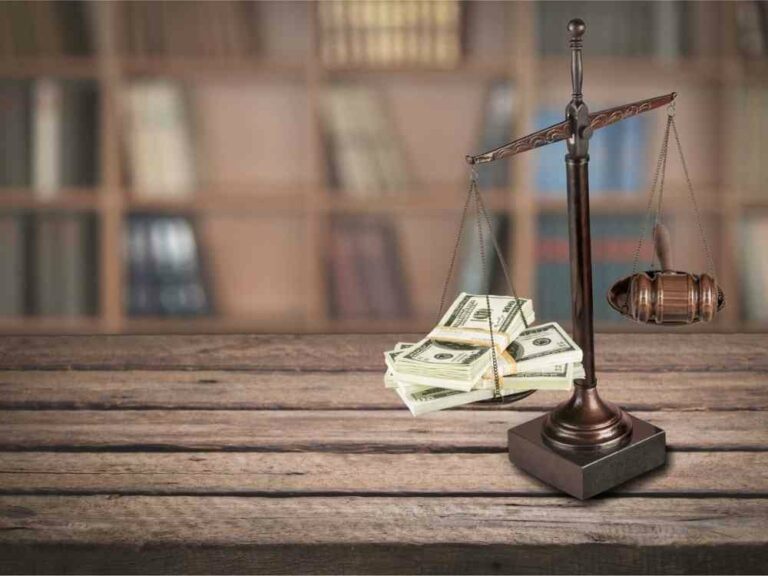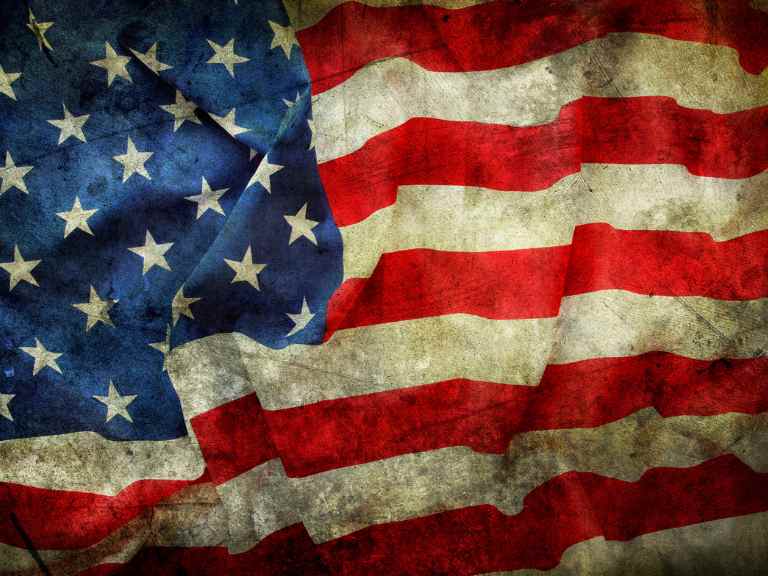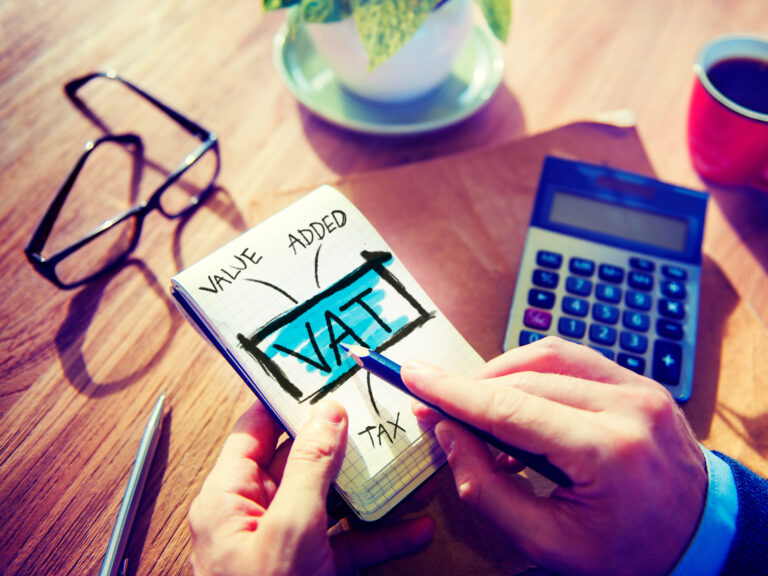There are many forms of taxation in the United States, some collected by the federal government and others by local governments and States. One tax in particular that affects the consumption of specific goods is the excise tax – a very specific, often very targeted tax that you pay sometimes without realizing it.
How is an Excise Tax Different from a Sales Tax?
Comparing excise tax vs sales tax results in two key points.
First, an excise is only on specific goods. Whereas sales tax applies to just about everything you buy (usually with specific exceptions such as unprepared food and clothing), excise taxes are applied to specific goods. The most common examples are luxury goods or those that have been linked to specific health issues like cigarettes, alcohol and tanning salons.
Second, sales tax is a percentage of the sale price. So if you buy a Mercedes S Class, you will pay more sales tax than if you bought a Toyota Corolla. The percentage of tax applied is set by the local government and 45 States in the United States have such a sales tax. Excise tax on the other hand is a flat tax applied before the purchase price for specific items, some of them by states and some by the Federal Government.
How Does the United States Compare to Other Countries?
The United States collects about 4% of its revenue from excise taxes, lower than the 12% average of the other 29 nations in the OECD. (Organization for Economic Co-operation and Development). There is a relatively narrow definition of what excise taxes might apply to in the United States, with most sales and consumption related taxes left to the states.
For example, the Federal Government charges a $0.184 per gallon tax on gasoline. That number is the same for every gallon of gasoline sold in the United States, and it makes up nearly half of the total excises collected by the government.
There are a number of specific reasons why an excise tax is used on certain items and not others. To start, the mass consumption of a particular product can make an excise tax on it a good way to generate revenue without the politically charged risk of increasing income or sales tax. Second, many excise taxes are collected and used to maintain systems used by those being taxed. Gasoline taxes, for example, are justified because the US government maintains a massive network of roads.
The third and fourth reasons why excise taxes might be used are related to the negative implications of the items being taxed. Excise taxes on chemicals and gasoline that cause harm to the environment (directly or indirectly) are designed to limit or at least mitigate their impact. Taxes on harmful substances like tobacco and alcohol help fund research and prevention, but also deter people from using those substances in the first place. When a pack of cigarettes costs more than $10 (as it does in many states), the impetus to smoke decreases.
Types of Excise Tax and What it Applies to
There are two types of excise tax – the specific fixed dollar amount mentioned above for gasoline and cigarettes that is included in the price and an ad valorem tax that is a percentage charged for a specific good. There is also a third type of excise tax in the US on retirement accounts, including excess contributions to IRAs, early distributions from those IRAs, and penalty for not meeting the minimum distribution requirements.
The effective federal excise tax rate varies depending on the income bracket of the individual with the Top 1% of earners paying about 0.1% in excise taxes and the bottom 40% paying around 1-1.5% in excise taxes. This is largely because of the taxes on gasoline that almost all individuals pay. Gasoline and other essentials make up a larger percentage of poor individuals’ budgets and therefore they pay a higher percentage of what they make in excise taxes.
Other items for which excise taxes apply include beer, liquor, wine, airline tickets, certain types of vehicles (such as luxury cars or trucks), and some other things you may not expect, such as indoor tanning on which there is a 10% tax, bows, quivers, broad heads and points for arrows (on which there is an 11% tax), sport fishing equipment and tires.
Another very high profile excise tax that has not yet been implemented but will become one of the final pieces of the Affordable Care Act to be implemented in 2018 is the Cadillac Tax. This tax applies to specific types of high-cost health benefit plans, to which a 40% excise tax will be added. These limits will be set at $10,200 for individuals and $27,500 for couples and family per year. The measure has not yet been implemented but is expected to help fund other components of the law when it is implemented.
How to Know How Much You’re Paying
Because excise taxes are included in the cost of the goods you buy, it’s hard to know what you are paying. Additionally, there are some statutory excise taxes as well – it’s why gasoline and cigarettes can vary so much between states. For example, the statutory excise tax on cigarettes in Virginia is $0.30, whereas in the tax in New York is $4.35. That applies to every pack. Statutory gasoline taxes can vary significantly as well.
The best way to know what you are paying is to search for the excise tax as it applies in your state. Federal excise taxes are posted on the IRS’s website, whereas each state will make the information available on their website or in documentation. It can vary dramatically, but the items affected will remain the same, allowing you to keep a closer eye on what you are actually paying.






